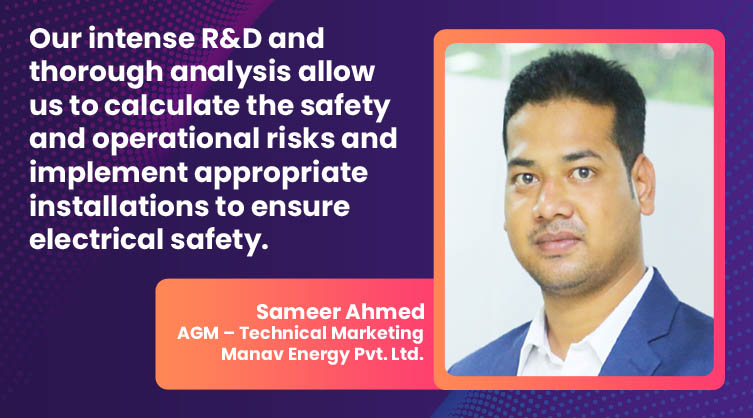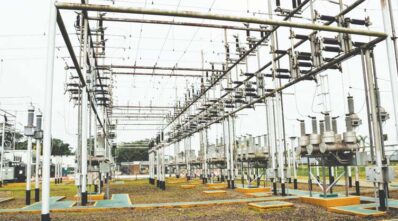Substation designs define its operational health and maintenance
By EPR Magazine Editorial November 25, 2022 12:22 pm IST
By EPR Magazine Editorial November 25, 2022 12:22 pm IST

Talking about innovating electrical safety, emphasises innovating advanced products and solutions to control, monitor and enhance the operations and maintenance of a power substation.
How are current energy trends helping you add value to substation maintenance?
For critical assets like substations, the continuous shift from a concentrated to a distributed model of electricity generation and the ever-increasing proportion of renewable energy in the generation mix means the need for higher reliability, more efficient operations, and a more efficient and cost-effective maintenance approach. With a sizable proportion of these assets approaching retirement age, a predictive maintenance strategy is critical.
As a result, utilities and operators are targeting real-time, companywide access to information to manage their assets better. And this focus is being pushed by an ever-increasing number of intelligent electronic devices (IED), which can self-monitor the health attributes of assets and automatically report that information to facility operators, thereby helping to gain operational efficiencies and enabling asset management programs, including predictive maintenance for increased reliability, life extensions, and improved planning. The ISO 55000 asset management standard, which emphasises the criticality of understanding asset conditions and failure risks, becomes very relevant here.
One such area to be underscored for reliability is earthing and lightning protection, where Manav Energy has IIoT- ased products like (a) Remote Fault-Time Earth Monitoring (R-FERM), which provides an automated monitoring system for maintenance teams such that deteriorated earthing systems are addressed in time, and (b) Lightning Management and Alert System (LMAS), which predicts the occurrence of lightning, manages the high energy dissipation and provides advance alerts of lightning events. We believe this can add good value for health monitoring and predictive maintenance of substations.

What steps have you taken to ensure stable power delivery to substation load centres?
Substations are high-voltage electric system facilities used to switch generators, equipment, and circuits in and out of a system. They are also used to shift AC voltages from one level to another and switch AC to DC or vice versa.
The design of any substation is a combination of the quality and reliability of the power supply, as well as functionality, maintainability, and operational safety. It must enable the substations to continue operating under normal operating conditions and to regain an acceptable state of equilibrium after being subjected to small or large disturbances.
The highest priority in substations is to detect and isolate failures in the transmission system as quickly as possible. Short-circuit or overload currents in large substations can leave thousands of people without electricity. As such, the electrical equipment and circuits in substations must be protected to limit the damages that can be caused by abnormally high currents and overvoltages.
The protection equipment can detect abnormal and intolerable circumstances and take appropriate corrective action. Lightning arresters, surge protectors, fuses, relays, circuit breakers, reclosers, and other devices are examples of these devices. At Manav Energy, we are entrusted by our clients to evaluate the design of existing substations—either from a change in network loads they are catering to or for upgrading or expanding the distribution networks with additional equipment—for adequacy of earthing and lightning protection, by carrying out electrical safety audits of sub-stations, by designing earthing mats, through electromagnetic studies, etc.
We use cookies to personalize your experience. By continuing to visit this website you agree to our Terms & Conditions, Privacy Policy and Cookie Policy.